Following the Footsteps of St. Paul: Presentations from our Study Abroad Students
Saint Timothy: A reflection
Macro to Micro
Timothy (meaning “honoring God” or “honored by God”) was a disciple of St. Paul and the first bishop of Ephesus. He departed around the year A.D. 97. Timothy was from the Lycaonian city of Lystra in Asia Minor, born of a Jewish mother who had become a Christian believer, and a Greek father. The Apostle St. Paul met him during his second missionary journey, and he became Paul’s companion and co-worker along with Silas. He traveled with St. Paul the Apostle, who entrusted him with important assignments. He received the First and Second Epistles to Timothy by St. Paul.
Life
Timothy was a native of Lystra in Lycaonia (Anatolia). When Paul and Barnabas first visited Lystra, Paul healed a person crippled from birth, leading many of the inhabitants to accept his teaching. When he returned a few years later with Silas, Timothy was already a respected member of the Christian congregation, as were his grandmother, Lois, and his mother Eunice, both Jews. 2 Timothy 1:5 says “When I call to remembrance the genuine faith that is in you, which dwelt first in your grandmother Lois and your mother Eunice, and I am persuaded is in you also.” Timothy is said to have been studying the Scriptures since childhood.
In 1 Corinthians 16:10-11, St. Paul suggested that he was by nature reserved and timid: “And if Timothy comes, see that he may be with you without fear; for he does the work of the Lord, as I also do. Therefore let no one despise him. But send him on his journey in peace, that he may come to me; for I am waiting for him with the brethren.”
Timothy's father was a Greek Gentile. Thus Timothy had not been circumcised and Paul now ensured that this was done. According to Acts 16:3, “Paul wanted to have him go on with him. And he took him and circumcised him because of the Jews who were in that region, for they all knew that his father was Greek.” He did this to ensure Timothy's acceptability to the Jews whom they would be evangelizing.
Timothy became St Paul’s disciple, and later his constant companion and co-worker in preaching. In the year 52, Paul and Silas took Timothy along with them on their journey to Macedonia. We know that Timothy may have been subject to ill health or “frequent sickness,” and St. Paul encouraged him to “use a little wine for your stomach's sake.” When Paul went on to Athens, Silas and Timothy stayed for some time at Berea and Thessalonica before joining Paul at Corinth. Timothy next appears in Acts during Paul's stay in Ephesus (54–57) and in late 56 or early 57 A.D. Paul sent him forth to Macedonia with the aim that he would eventually arrive at Corinth. Timothy arrived at Corinth just after 1 Corinthians reached that city.
Timothy was with Paul in Corinth during the winter of year 57–58 A.D. when St. Paul sent his letter to the Romans, in which it is written in Romans 16:21, “Timothy, my fellow worker, and Lucius, Jason, and Sosipater, my countrymen, greet you.”
According to Acts 20:3–4, “he came to Greece and stayed three months. And when the Jews plotted against him as he was about to sail to Syria, he decided to return through Macedonia. And Sopater of Berea accompanied him to Asia—also Aristarchus and Secundus of the Thessalonians, and Gaius of Derbe, and Timothy, and Tychicus and Trophimus of Asia.”
Timothy was with Paul in Macedonia just before Passover in 58 A.D.; he left the city before Paul, going ahead of him to await Paul in Troas. In Acts 20:5, “These men, going ahead, waited for us at Troas.” That is the last mention of Timothy in Acts. It was said that in the year 64 A.D., St. Paul left Timothy at Ephesus, to govern that church. His relationship with Paul was close and Paul entrusted him with missions of great importance.
Timothy's name appears as the co-author on:
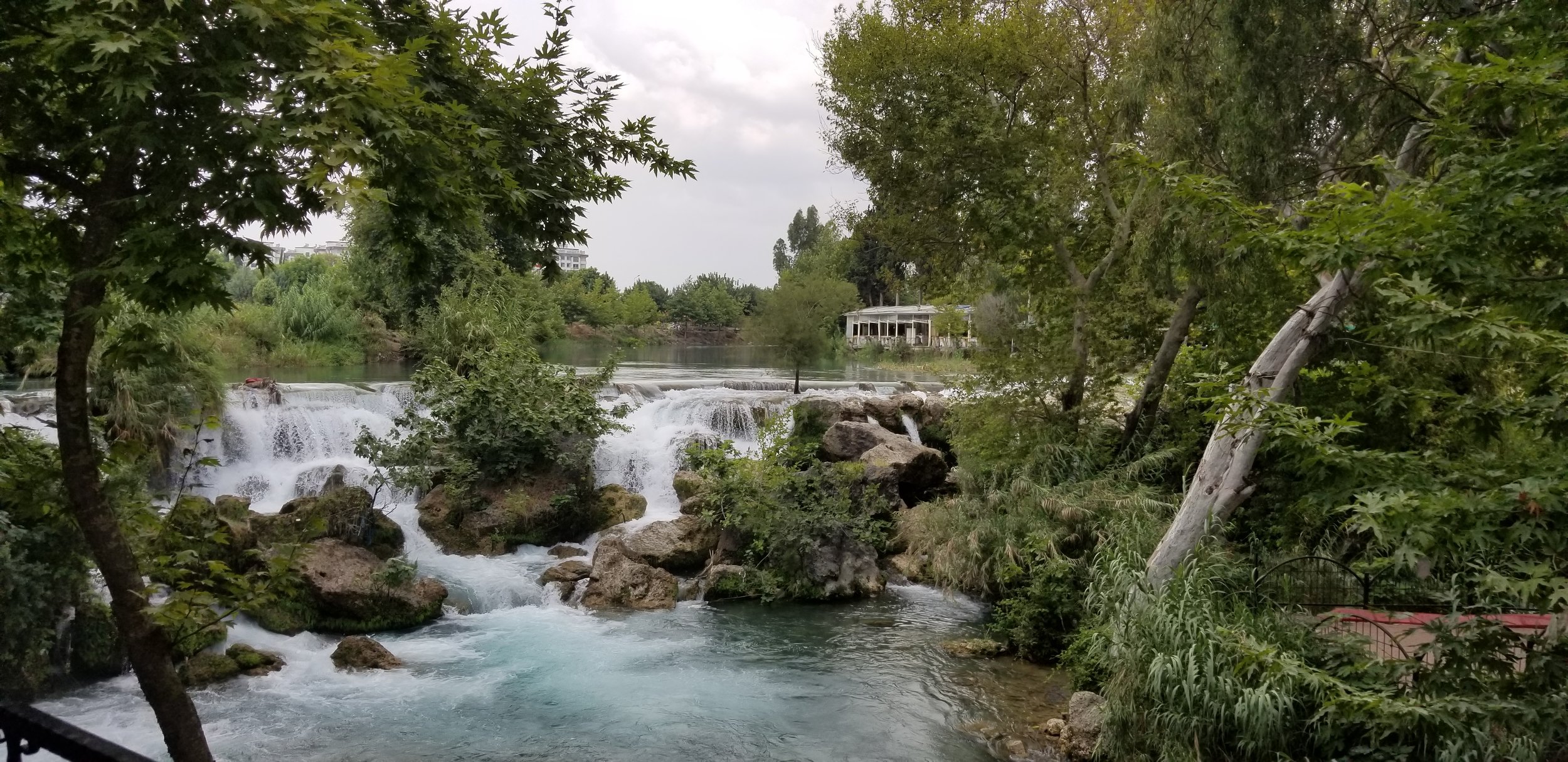
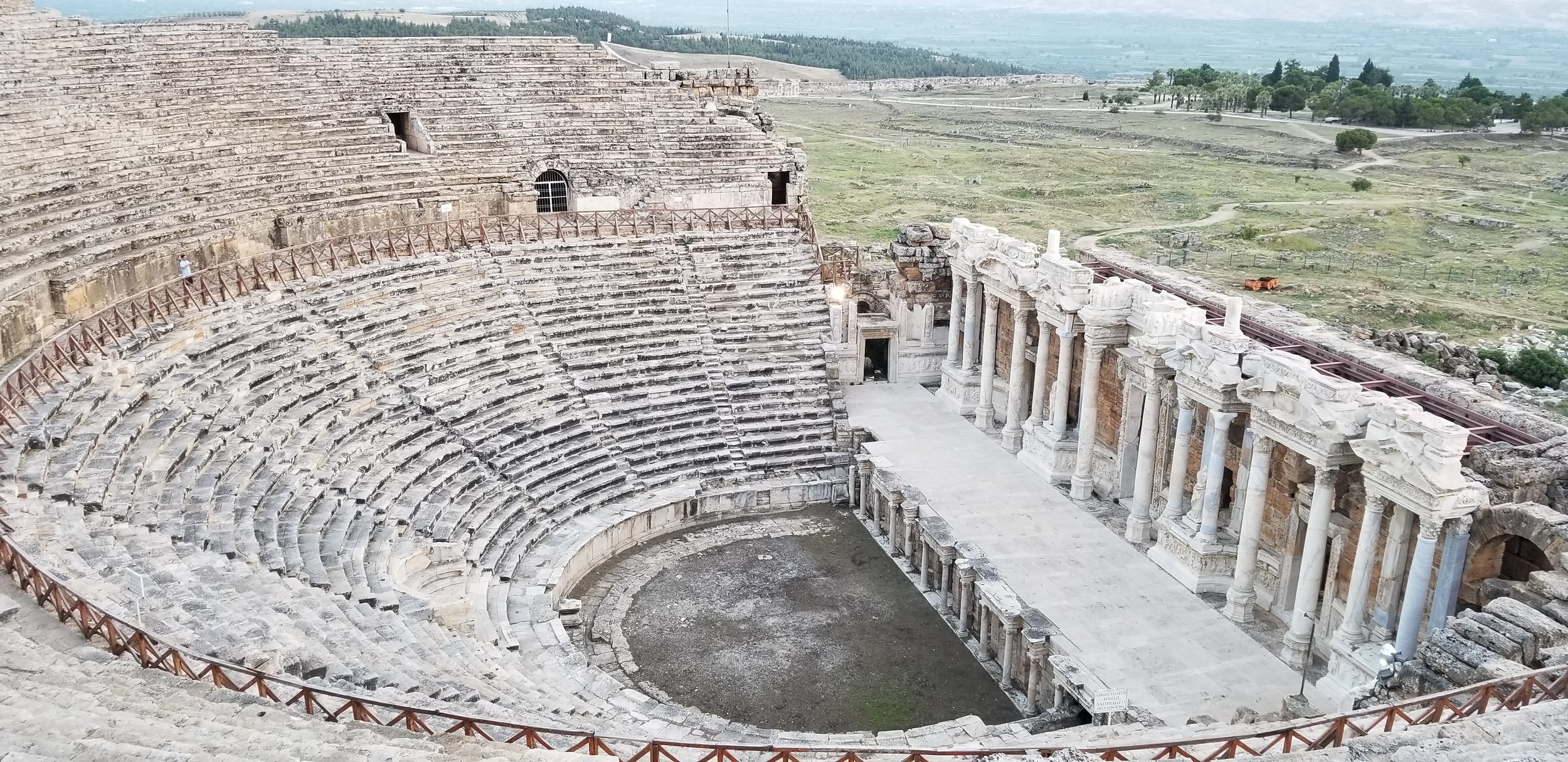
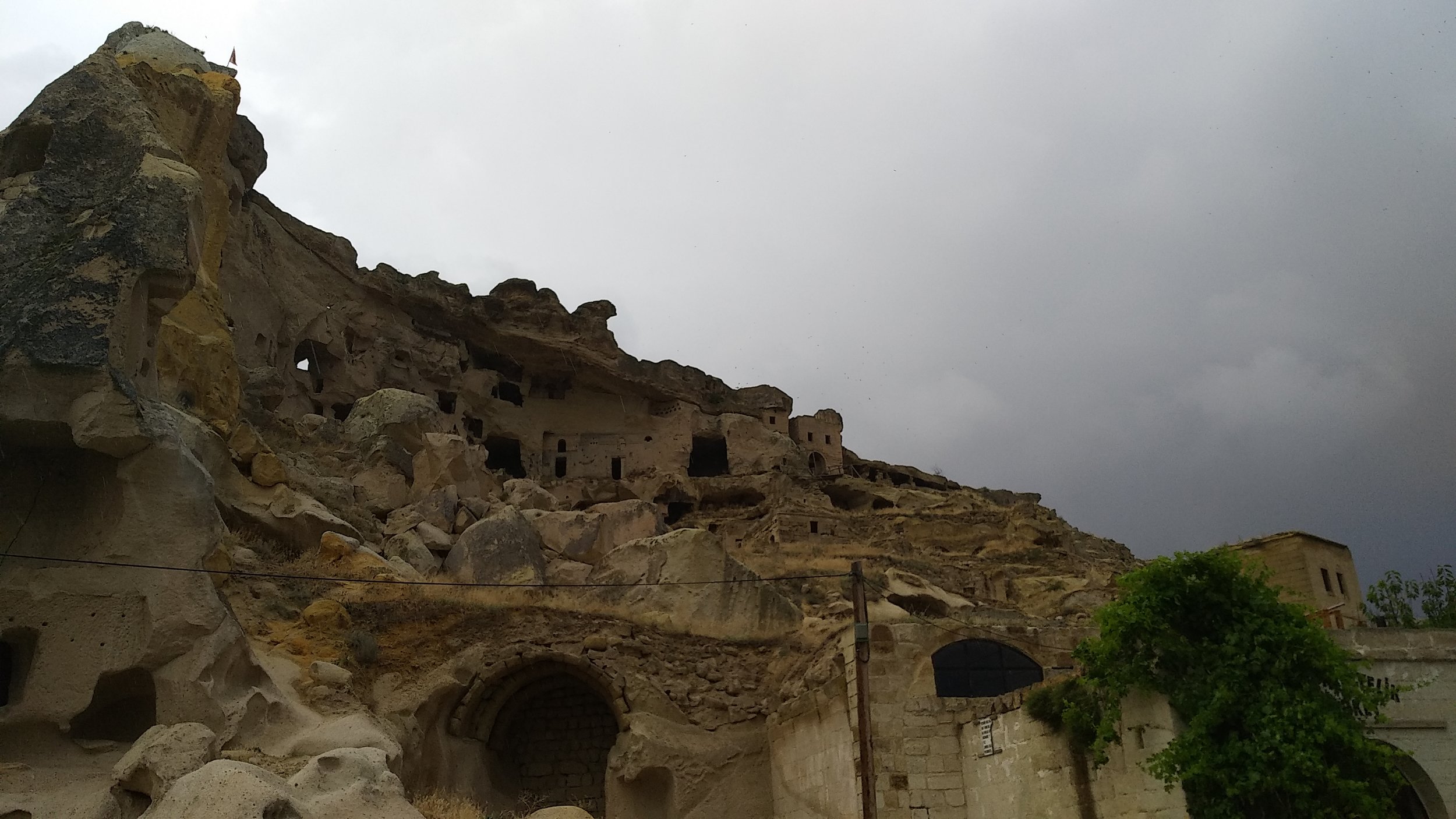
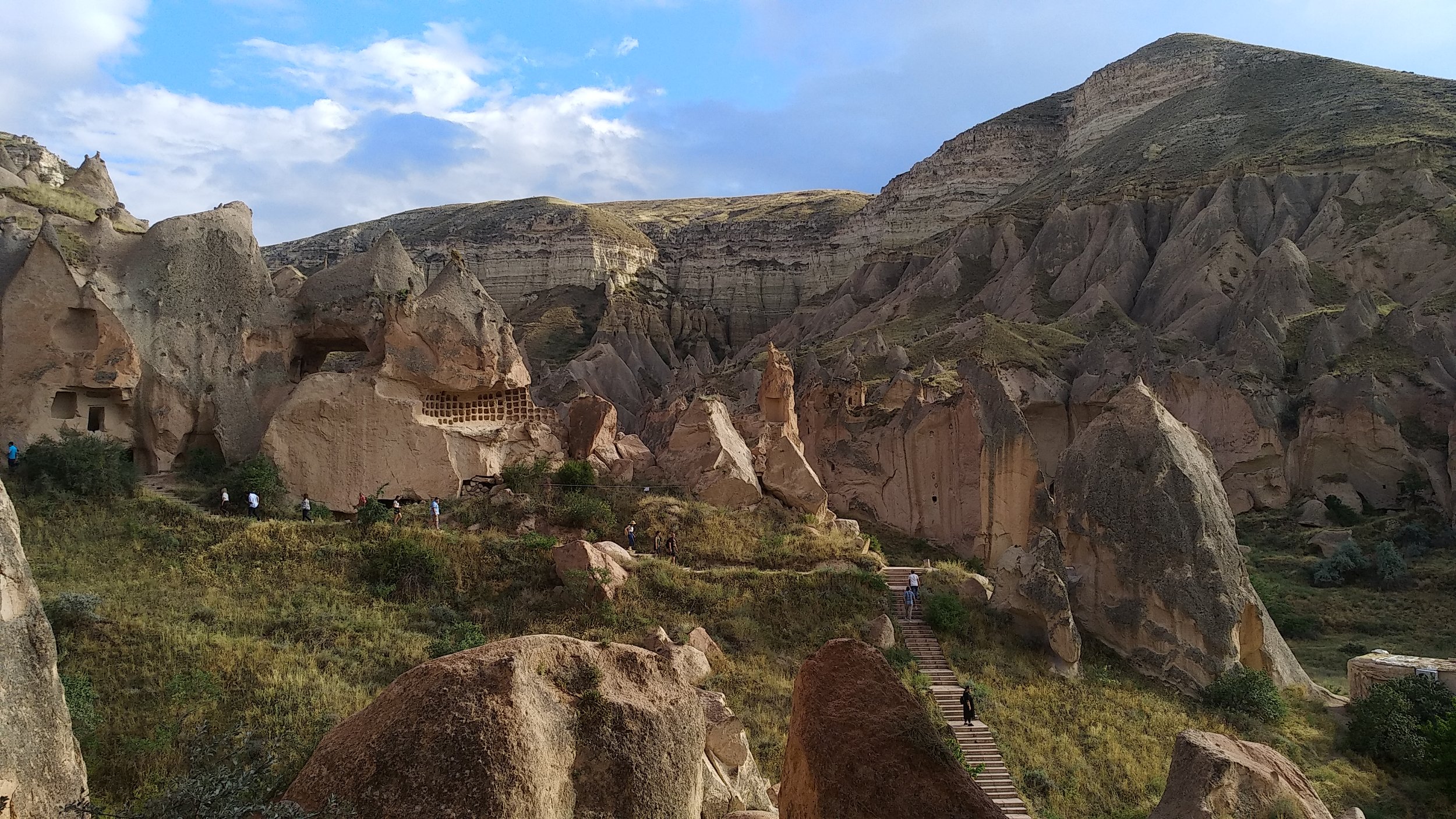
2 Corinthians,
Philippians,
Colossians,
1 Thessalonians,
2 Thessalonians, and
Philemon.
Paul wrote to the Philippians about Timothy saying, “I have no one like him.” In Philippians 2:19–23 it is written, “But I trust in the Lord Jesus to send Timothy to you shortly, that I also may be encouraged when I know your state. For I have no one like-minded, who will sincerely care for your state. For all seek their own, not the things which are of Christ Jesus. But you know his proven character, that as a son with his father he served with me in the gospel. Therefore I hope to send him at once, as soon as I see how it goes with me. But I trust in the Lord that I myself shall also come shortly.”
When Paul was in prison and awaiting his martyrdom, he asked for his faithful friend Timothy for a last farewell. St. Timothy was jailed at least once during the period of the writing of the New Testament as said by St. Paul in Hebrews. Mentioning St. Timothy's release at the end of the epistle. In Hebrew 13:23, “Know that our brother Timothy has been set free, with whom I shall see you if he comes shortly.”
In the year 97 A.D., the 80-year-old bishop Timothy tried to stop a procession in honor of the goddess Diana by preaching the gospel. The angry pagans beat him, dragged him through the streets, and stoned him to death.
Practical lessons from the life of Timothy
The life of Timothy brought honor to God. Likewise, glorifying the Lord should be the prime concern of our earthly sojourn.
Timothy’s entire life centered on a ministry of discipleship. It involved his grandmother, mother, and Paul (among others). This truth reminds us how much we benefit from the mentorship of others in our life. We also recognize that God wants us to disciple believers in the Christian faith.
Timothy met Paul during his missionary excursions. We rarely know what might become of the seemingly “chance” meetings we have with people. God opens doors for us through the people we meet and the circumstances we encounter.
Paul’s proclamation of the gospel was a major turning point in Timothy’s life. Consider how the heralding of the good news has impacted you. Also, take into account how Jesus can use your sharing the message of salvation with the lost to bring them to salvation.
It was Timothy’s honorable reputation that endeared him to Paul’s heart. When we find younger believers of noteworthy character, we will want to include them in our lives. In their early years, adolescent Christians should realize the unique opportunity they possess to distinguish themselves with excellent character.
It took time, in distinctive ministry environments, for Timothy to mature and become an effective Christian leader. Similarly, our path to maturity and increasing ministry effectiveness does not take place all at once. Instead, the process of spiritual growth occurs in differing circumstances involving numerous people over many years.
Timothy was a unique disciple with distinctive character qualities. The same can be said about us. While we are united in our Christian faith, this does not mean we are to become clones of one another. Rather, the Spirit can use our personal knowledge, deepening faith, and innate aptitudes to make a difference in the world for the Savior.
Timothy partnered with others, such as Paul and Silas, in the ministry of the gospel. This contrasts sharply with society’s go-it-alone attitude, a mindset that all too often plagues congregations today. The Spirit calls us to work with other believers in bringing the lost to faith and discipling new believers in their walk with Christ.
When appropriate, Timothy was willing to accommodate the needs and preferences of others. From this we see that being obstinate is not the same as tenacity. Likewise, rigidness should not be mistaken for single-mindedness. The Spirit can enable us to discern these important distinctions, with the result that we avoid creating unnecessary barriers to the proclamation and acceptance of the gospel.
The Holy Spirit enabled Timothy to overcome his apprehensive disposition. In similar fashion, when we rely on the Spirit, we have the ability to be courageous in dealing with challenging and longstanding problems in diverse congregational settings
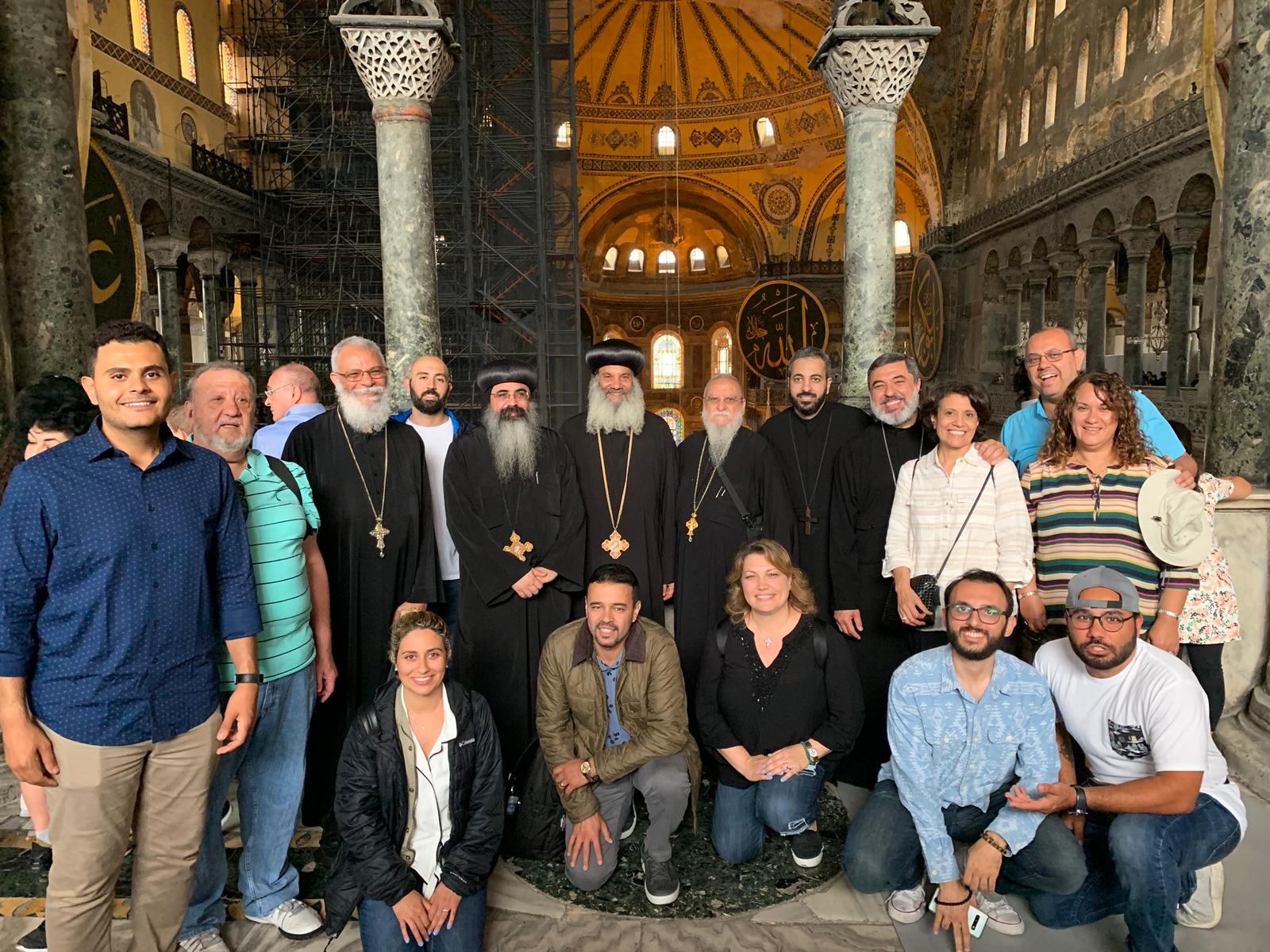
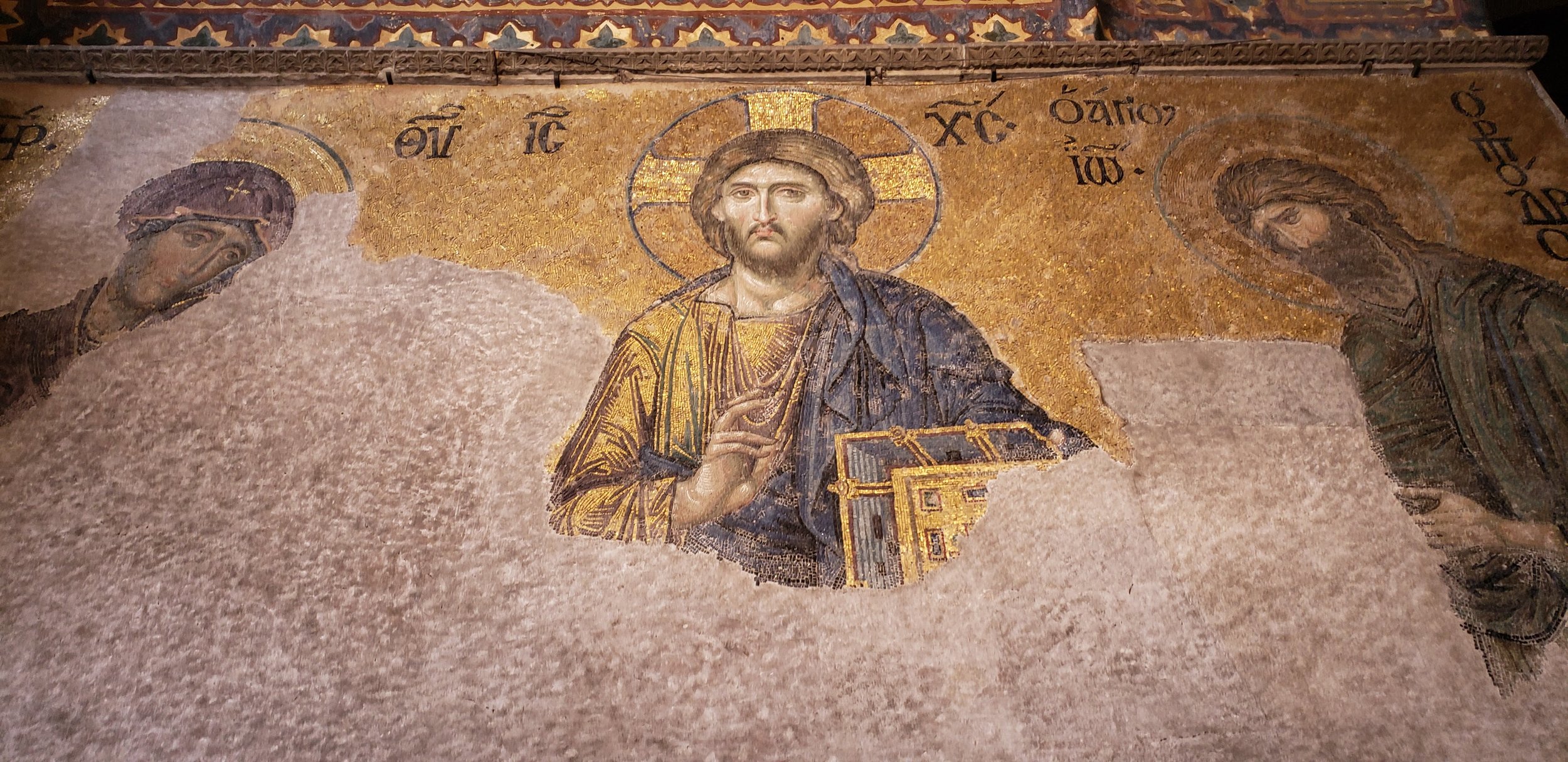
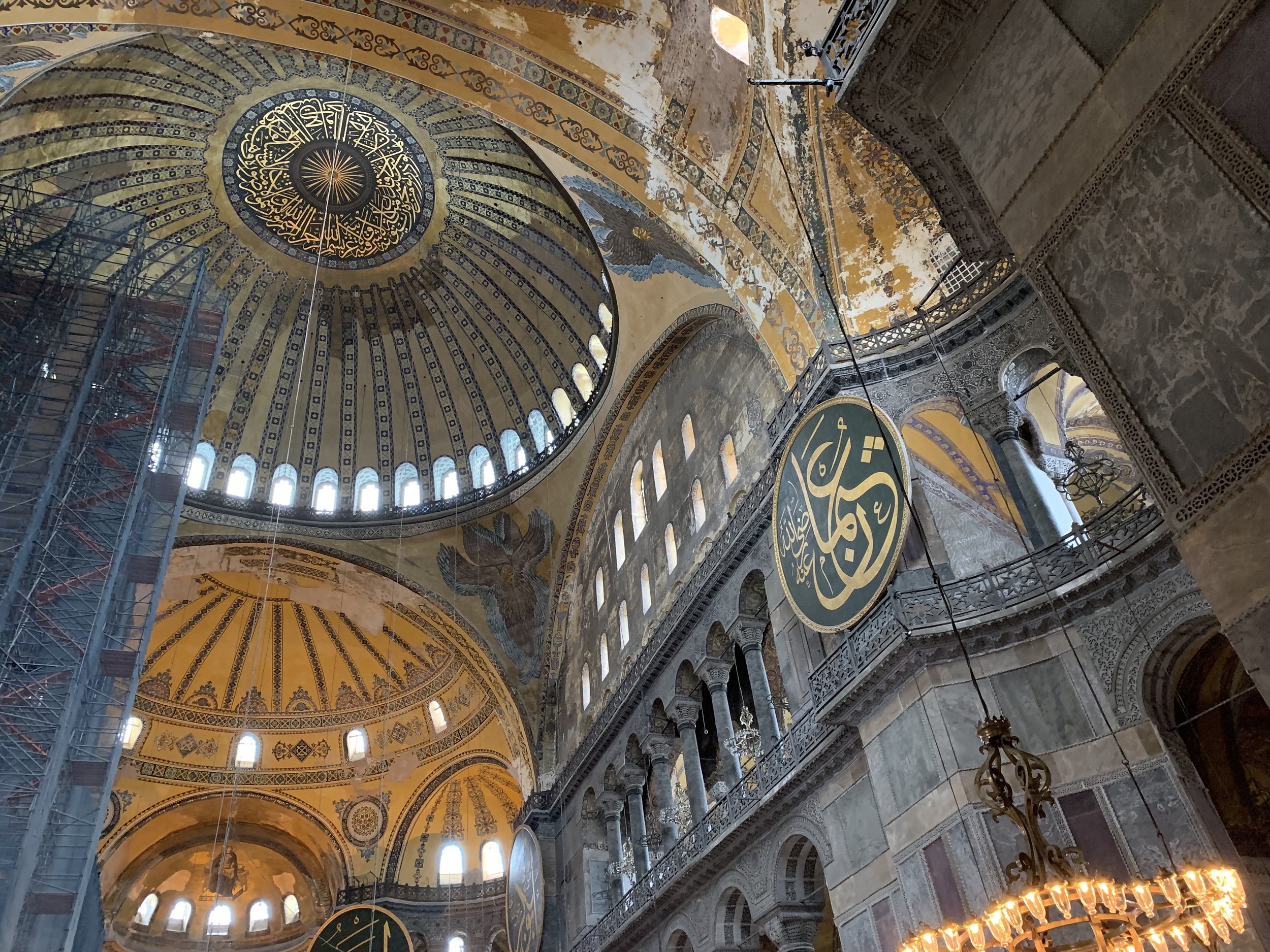

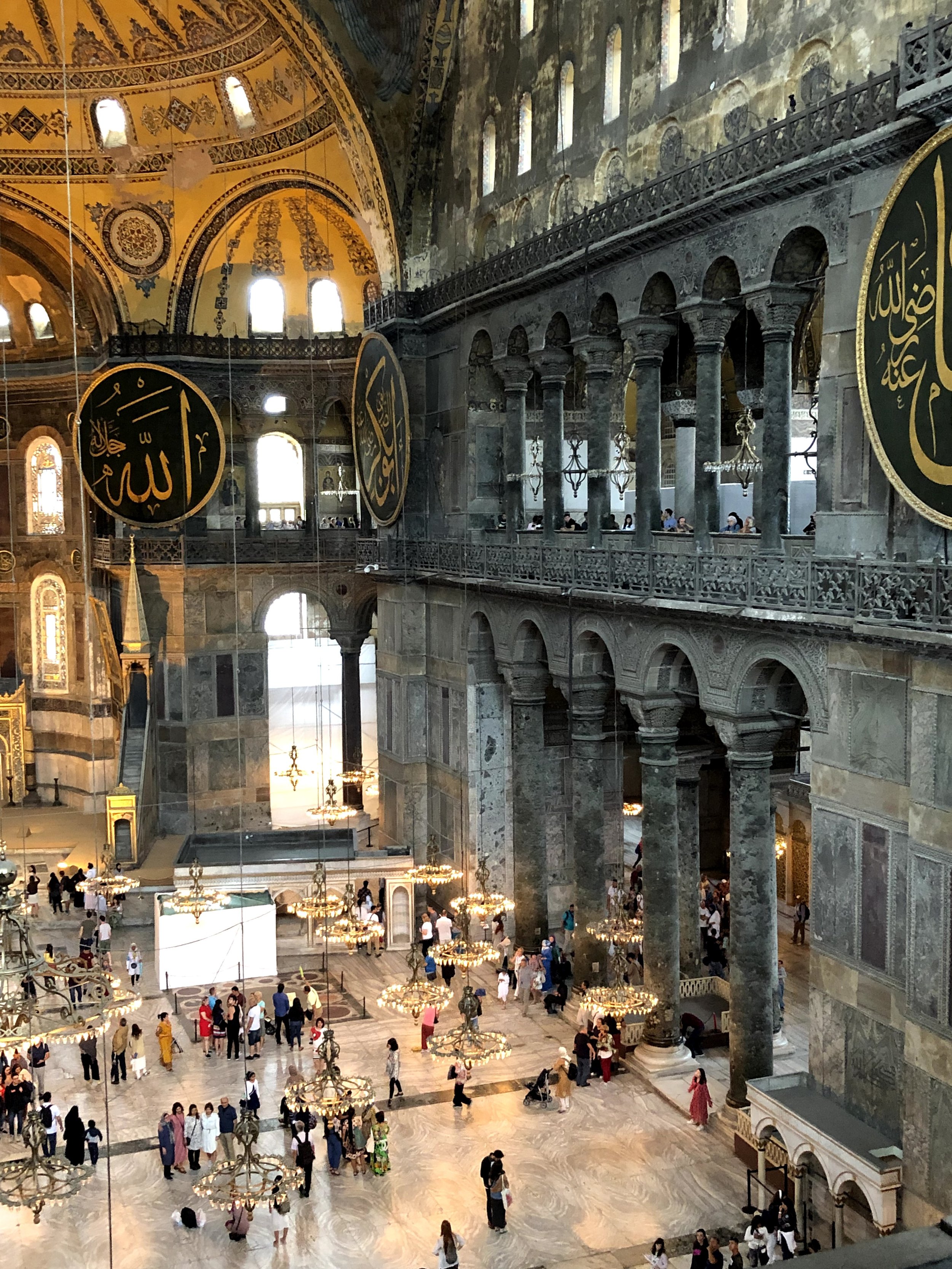
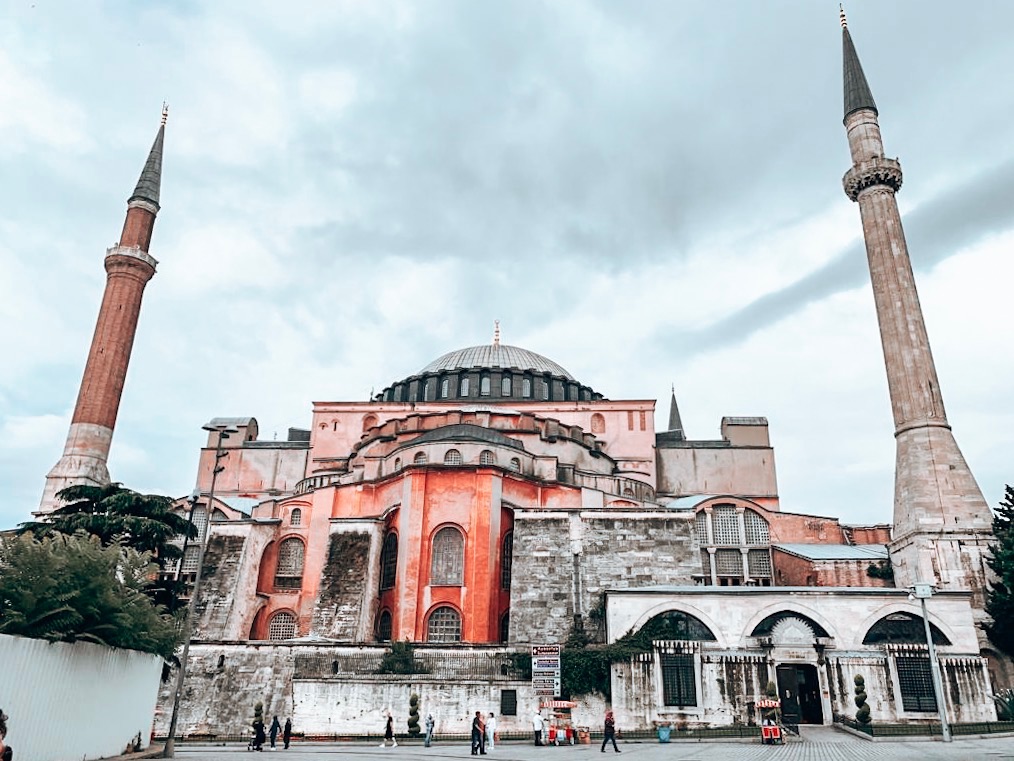
Istanbul: A reflection
By going backward in time, we will explore some interesting and important facts about modern day Istanbul the cities that came before it.
Istanbul: Is the only city in the world to reside on two continents: Asia and Europe. Its strategic location has made it a very important port of commerce and sea-faring trade dating back to 657 B.C. As a testament to this, they recently unearthed a Viking sword that dates back to the Bronze Age and two captured viking warriors were used in building the Hagia Sophia as they left their names carved in the stones found on the balcony of the south side.
Istanbul is often considered the capital of Turkey, as it is the most famous worldwide, was the capital city of the Ottoman Empire and is the most populace; over 13 million, 99% Muslim. As we learned on our tour yesterday, Istanbul is the home of the famous Hagia Sophia, and the Blue Mosque but it is home to over three thousand one hundred mosques. And though we did not get the chance to visit it yesterday - it is also home to the world’s largest covered bazaar. The Grand Bazaar has over three thousand shops.
Istanbul is surrounded by sea with the Bosphorus cutting right through it. And yet, it is reported that Istanbul gets 18 inches of snow each year. Famous British author, Agatha Christie wrote her novel “Murder on the Orient Express” at the Pera Palas Hotel here. And a very interesting fact: although Holland in Europe is famously recognized for their beautiful tulips, the flower originated from Istanbul.
Istanbul was the capital of the Ottoman Empire. While much of Western Europe was swept up in the Dark Ages, the Ottoman Turks picked up much of the old Greek arts and expanded on them. The Turks conquered the city that is now known as Istanbul in 1453.
Constantinople: Prior to the Turkish conquest of 1453, the city was called “Constantinople.” Although officially, under the Roman Empire rule, the city was called “New Rome,” it was later changed to honor the great Emperor that created and re-built the city under his rule. It was re-built on the site of a previous city that had demonstrated opposition to the Roman Emperor’s rule (Septimius Severus) and was subsequently destroyed in 196 A.D.
During the course of re-building the city, Emperor Constantine had many temples and building uprooted from Rome and brought over piece-by-piece. It housed one of the largest spectator arenas in the world at the time. The Hippodrome, used in chariot races, could seat more than 80,000 spectators. As well as the glorious Hagia Sophia.
But in 537 A.D., it remained the largest cathedral for almost one thousand years. It was the crowning achievement to what we now call Byzantine architecture. As we learned from yesterday’s tour guide, the dome weighs in at over 15 tons. At the time of its unveiling, it was said that the dome was held up by God’s will and nothing else.
In the 3rd century there persisted a new heresy among Christians called Macedonianism, which argued that the Holy Spirit was a different substance than the Father and the Son. Emperor Theodosius I called for a second ecumenical council. As we learned in our tour, it was the First Council of Constantinople that set the nature of the Holy Spirit. The council reaffirmed the Nicene Creed and the term “homoousios” - meaning the Father, Son and Holy Spirit are all of the same substance.
At its height of Constantinople’s glory in the 9th and 10th centuries, the city welcomed 800,000 residents. But after a series of wars and the onslaught of the Black Plague, it had dwindled to less than 50,000 when the Turks overran it in 1453.
As mentioned earlier, while Europe was deeply lost in the Dark Ages, the fall of Constantinople served Europe in two very important ways:
It unified Europe through the crusades and helped bring about the change of Europe out of the Middle Ages and into the Renaissance, and
Many Byzantine refugees fled west and helped create a revival of Greek and Roman studies in arts, literature and more. Which was early beginnings of the Renaissance period.
Byzantium: Long before Mohammed walked the Earth, and long before our Blessed Savior presented himself for the crucifixion, there was an ancient seaport colony that dated back to the early Greeks around 657 B.C. The name is believed, as legend has it, to have come from the city’s first king “Byzas.”
Byzantium was an importuning trading city connecting Europe with Asia. It flourished for centuries and was in the region of Bithynia mentioned in the Bible in 1 Peter 1:1. This area was again mentioned in the Book of Acts 16:7 when St Paul attempted to come and preach the Word, but the Spirit of the Lord prevented him from doing so.
I hope you have found what I shared with you today interesting. I would like to end by saying that we are visitors here. Not just Turkey, but Earth. We do not belong here and Death knows this. There will always be a loss of our rich artifacts, but never a loss of our rich history. There may be a loss of churches, but never a loss of places to show our love, faith and devotion to God. These markers of Christianity did not come from Earth but solely from God. And that we can never lose.
And Glory be to God
Philemon: A reflection
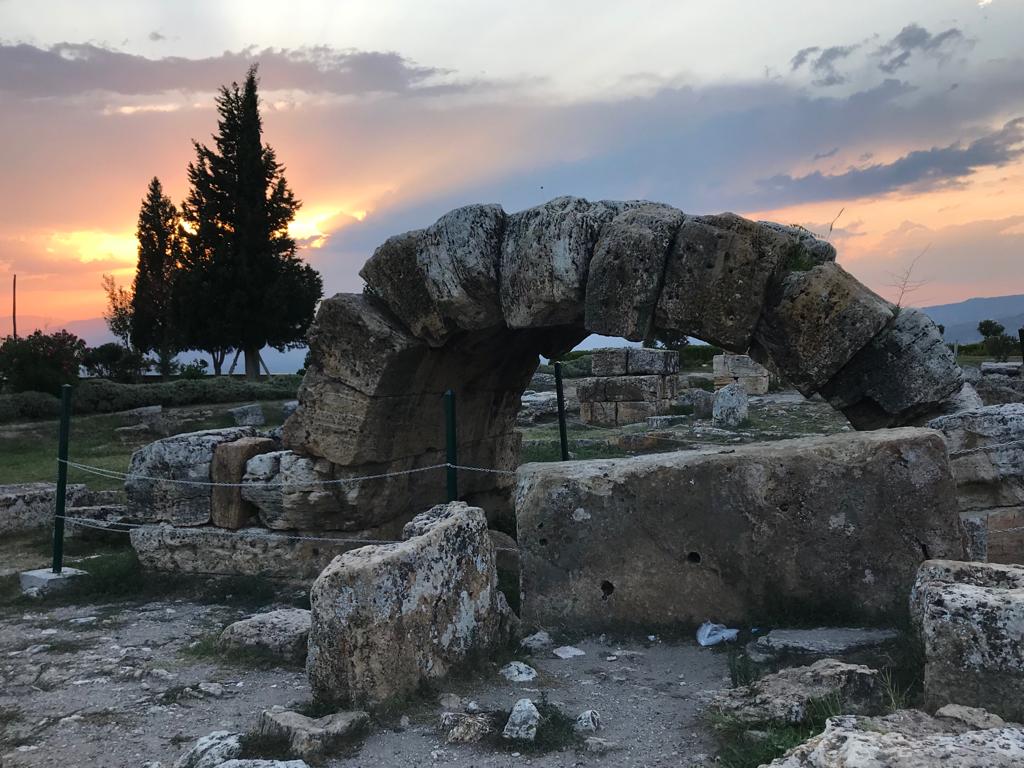



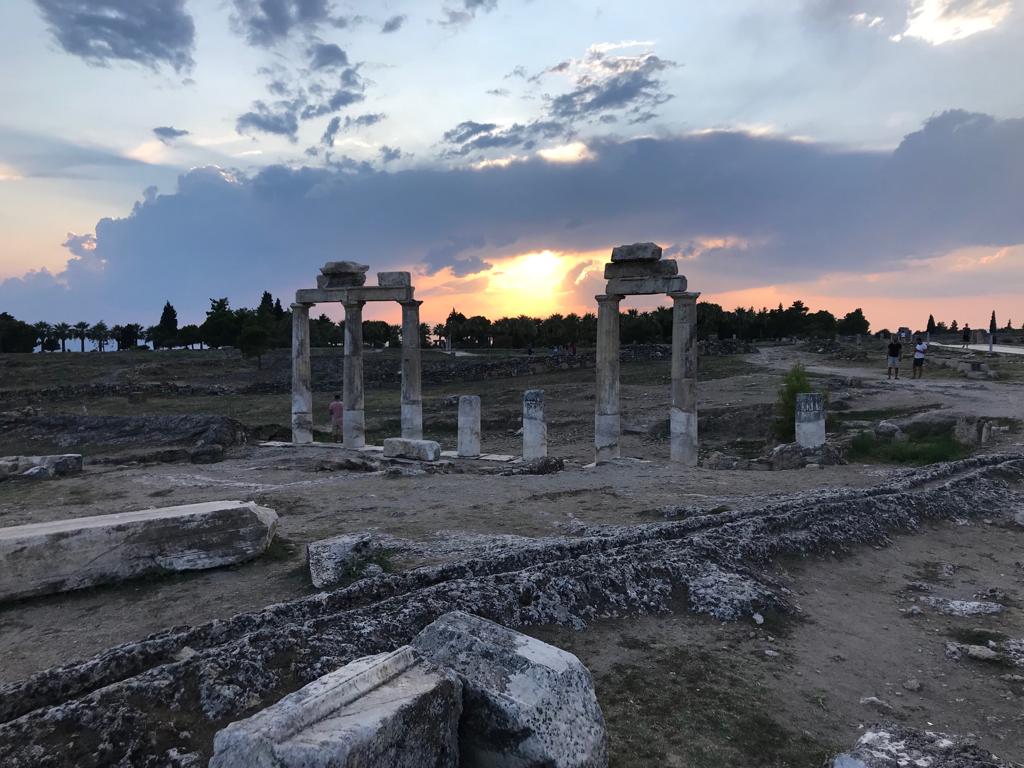
He is a wealthy merchant from the gentile city of Colossae. It is said that his wife’s name was Apphia (Saint Paul calls her sister), and his son’s name was Archippus (Saint Paul calls him fellow soldier).
He most likely met Saint Paul in Ephesus and converted to Christianity there. His name means affectionate, and it is a derivative from the Greek name “Philema,” which means kiss. At the time, he had many slaves, a common practice at the time, and one of them, Onesimus, escaped after stealing from his master. Onesimus met Saint Paul in Rome during his imprisonment and Saint Paul intervened for him to Philemon to forgive him and accept him again.
He reflected many Christian characters, like obedience to Saint Paul when he asked him to accept Onesimus back as “more than a bond servant.” He had love to the saints, and his faith was admired by Saint Paul in the epistle. He was a man of service, in that he opened his house to believers as a church. He became a mentor to Onesimus after he accepted him back, in addition to modeling a character of forgiveness, he should the character of discipleship to Saint Paul, and allowing him to boldly interject himself in all his life and relationships.

